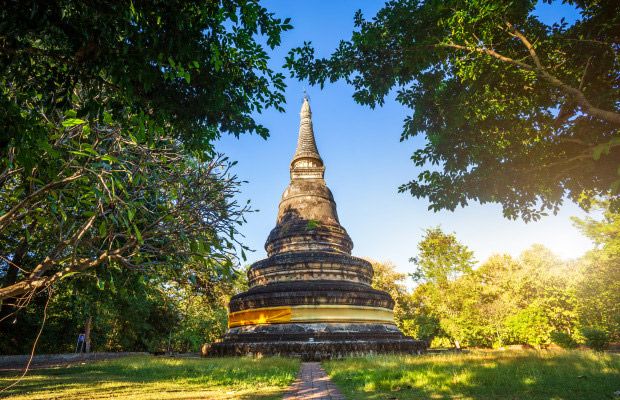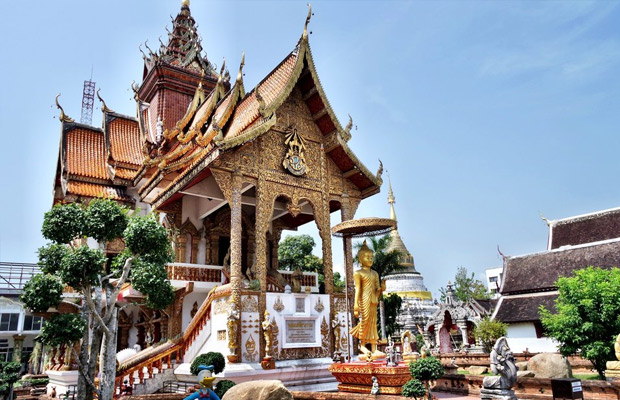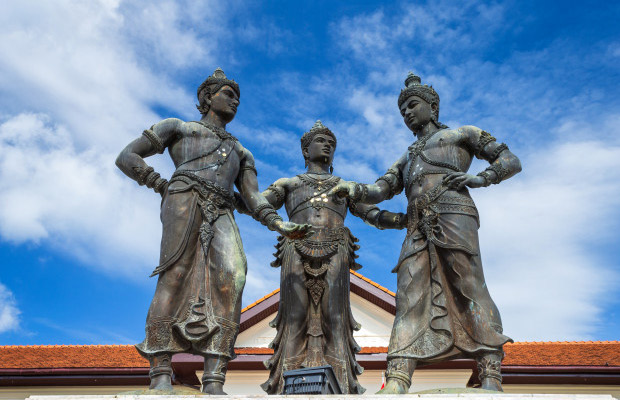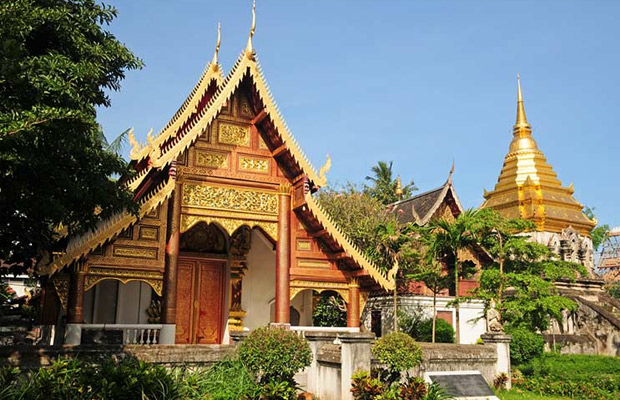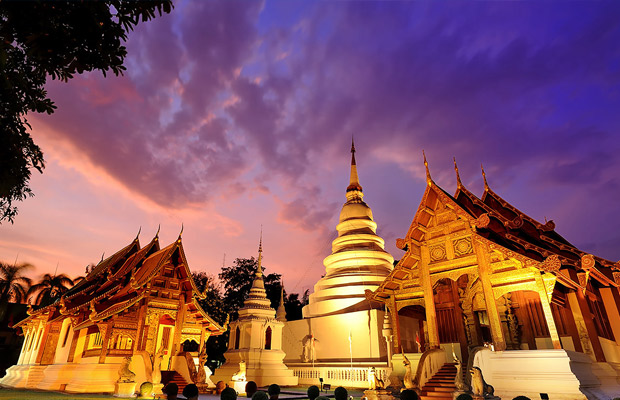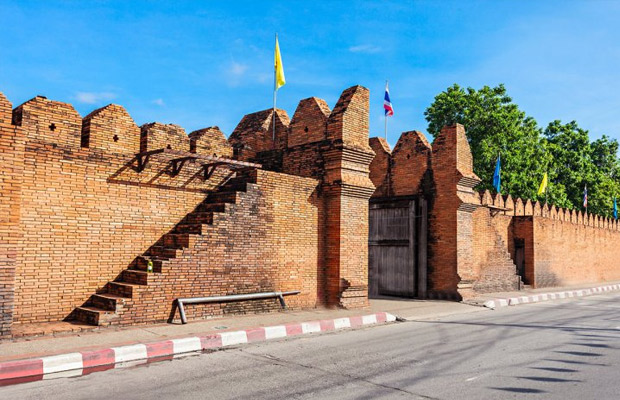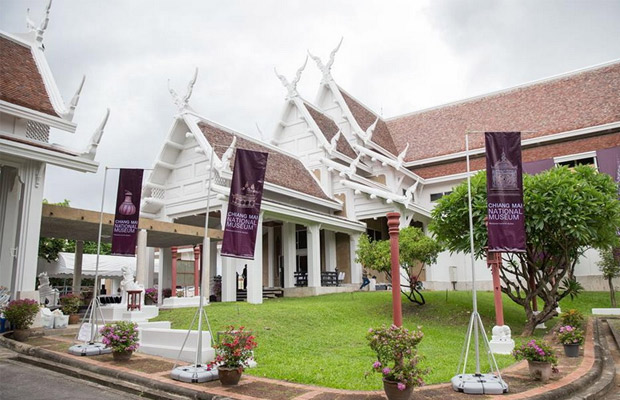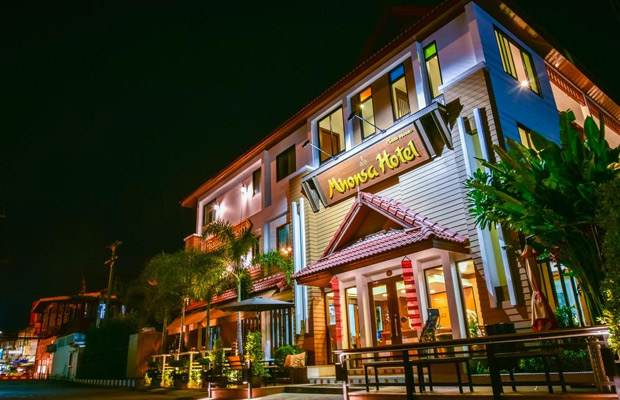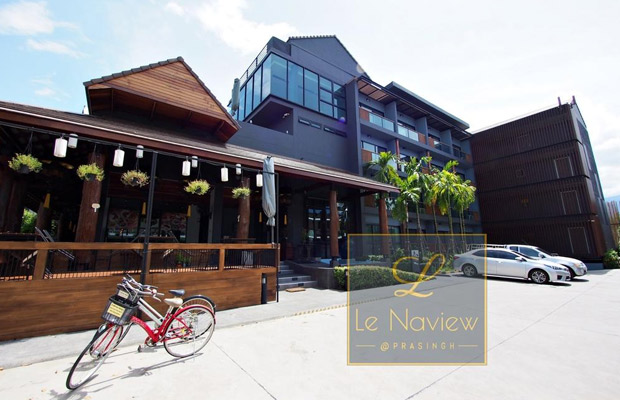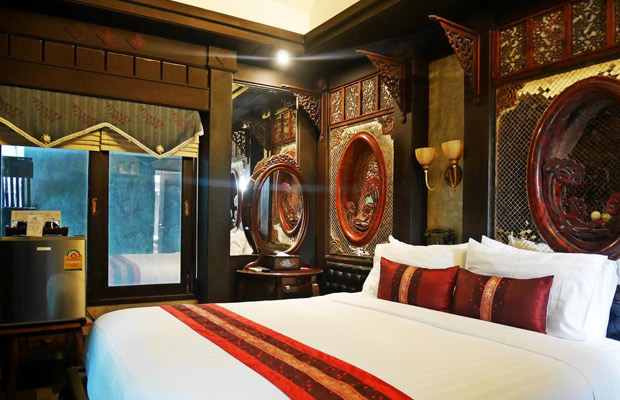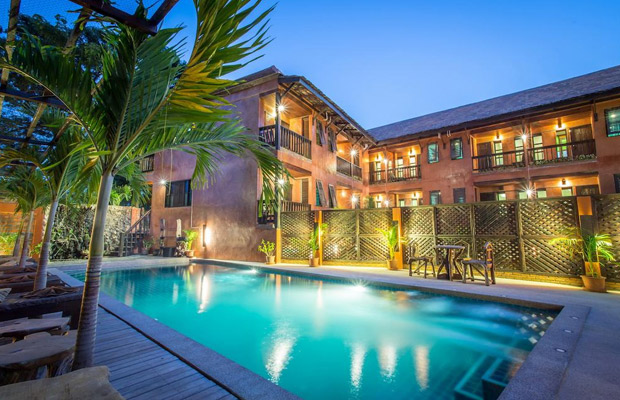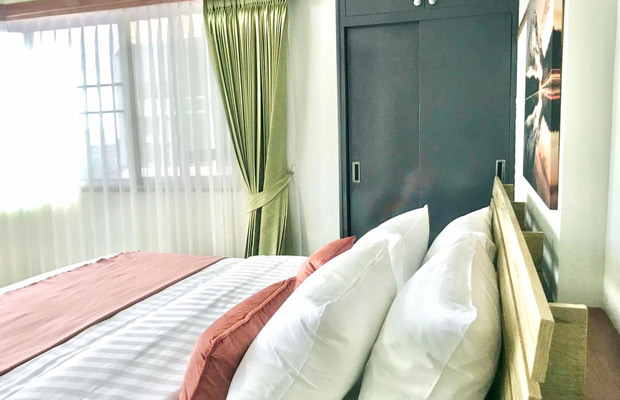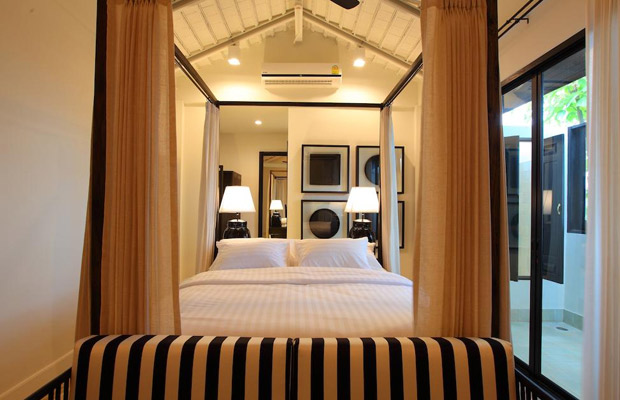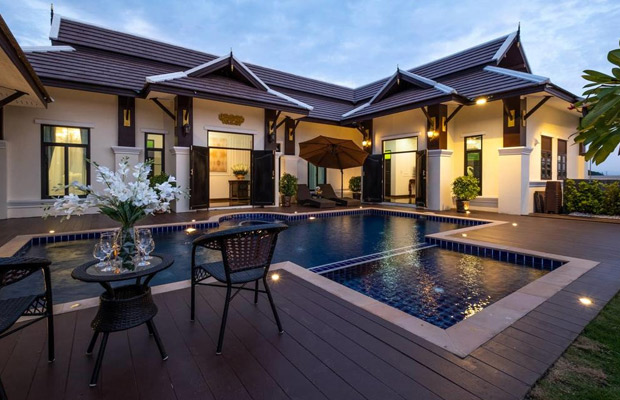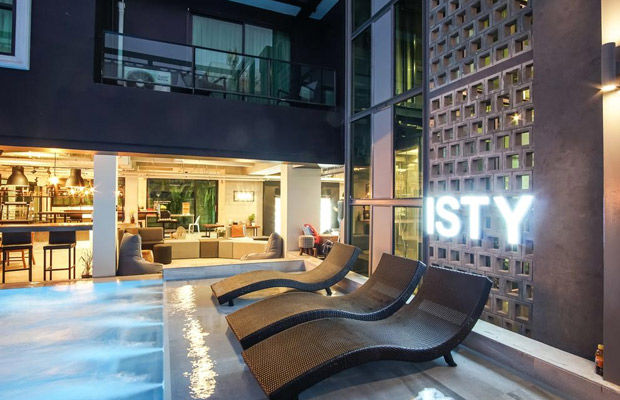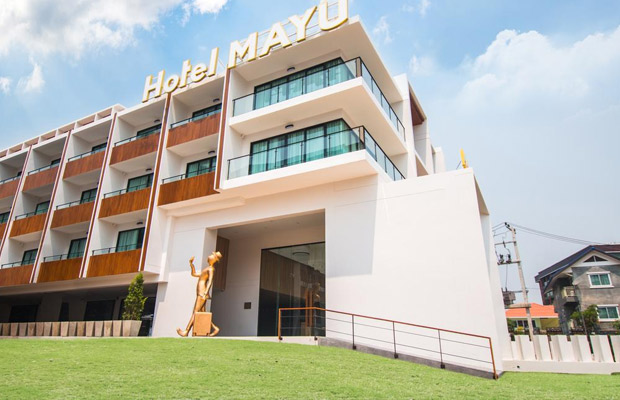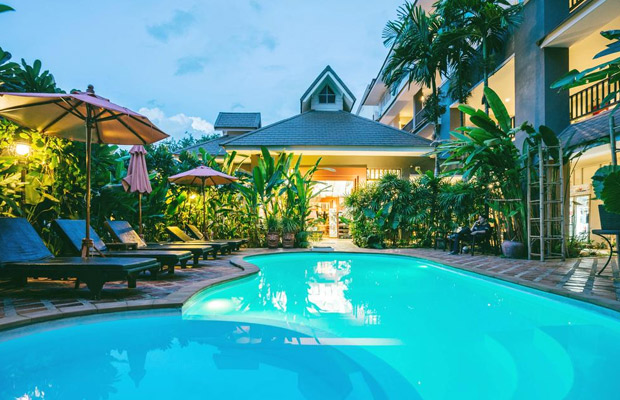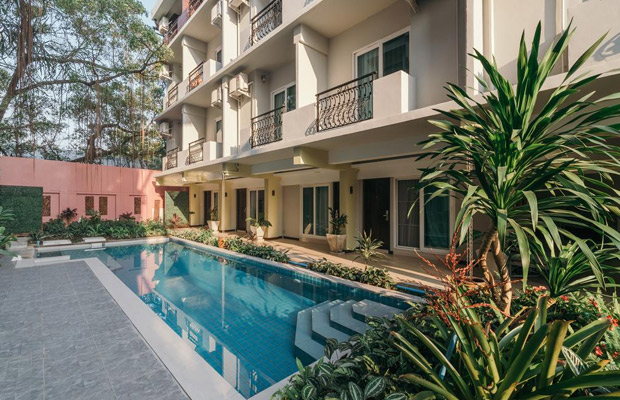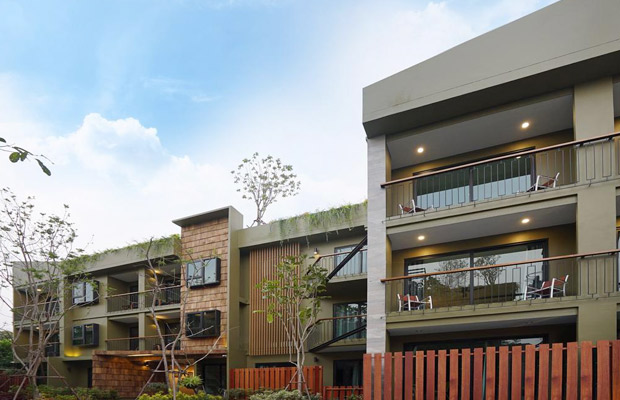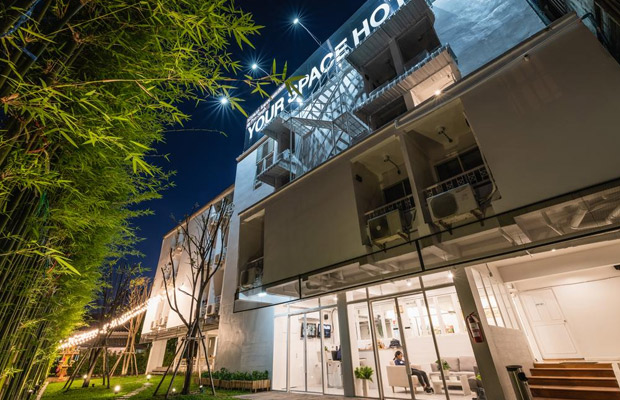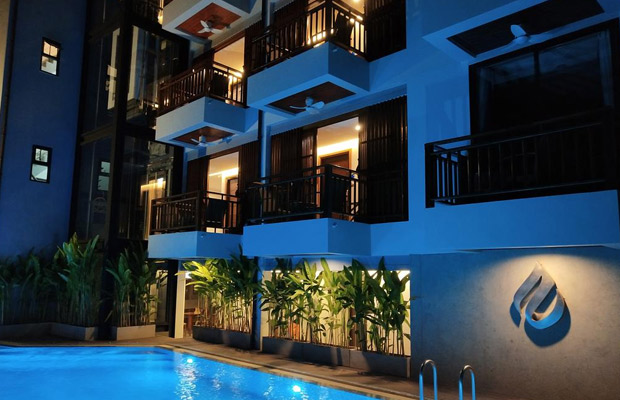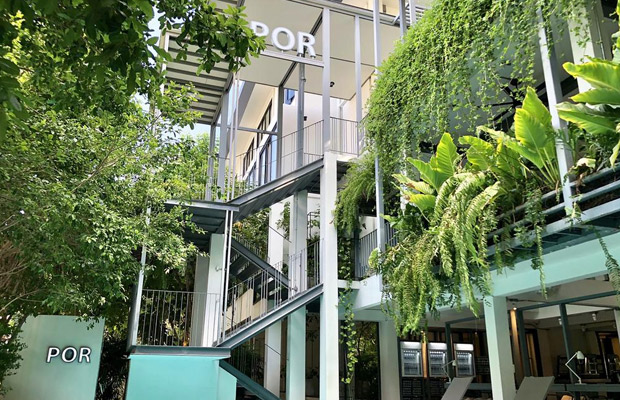Wat Umong Suan Phutthatham
Wat Umong Suan Phutthatham
Thailand
Chiang Mai
Chiang Mai Travel Guide
Book Tour & Activities
Your tour in Chiang Mai.
Book your stay
Your hotel in Chiang Mai.
Overview
Not to be confused with the small Wat Umong in the old city, this historic forest wát is famed for its sylvan setting and its ancient chedi, above a brick platform wormholed with passageways, built around 1380 for the 'mad' monk Therachan. Keep an eye out for the Sri Lankan–style stupa, and as you wander the arched tunnels, look for traces of the original murals and several venerated Buddha images.
Location
Wat Umong is located against the mountains of Doi Suthep and is about 1 km south of the main campus of Chiang Mai University. The wat occupies a tranquil setting and a small open zoo is stationed behind it.
History
The temple was built in 1297 by King Manglai of the Lan Na dynasty.[1] Of particular interest is a replica of the Ashok Pillar similar to the one at Vaishali with four lions and a wheel at the base and an additional larger wheel on top that acts as an umbrella for the lions.[2] A similar pillar is also available at Sarnath Museum. The four lion head is adopted as the National Emblem of India.
Structure and layout
The entire Wat Umong complex consists of 37.5 rai (15 acres) of wooded grounds. You can feed the fish, turtles, and ducks in a large pond. "Talking trees" have words of wisdom in Thai and English. The wat is famous for its ancient tunnels and large chedi. There are tunnels with Buddhist images below the chedi which can be easily explored. These tunnels were supposedly built by the King and painted with bush scenes so they could keep a famous but mentally deranged monk within the grounds of the monastery as he had a habit of just wandering off into the bush for days on end. Signs (proverbs) written in English and Thai hang from the trees on footpaths leading to the small lake where fish, pigeons, and turtles can be fed.
Other attractions include a Buddha field of broken sculpture, a fasting Bodhisattva, a Spiritual Theatre of paintings similar to those at Suan Mokkh, reproductions of ancient Buddhist sculpture of India, and a library-museum. This last building offers many books on Buddhism and other philosophies as well as a collection of historic objects and Buddhist art.
Current status
Wat Umong is unique in that the resident monks live in a very natural setting, and occasionally feed the deer that live in the area. It also is possible to practice meditation at Wat Umong and to learn from the monks.[4][citation needed][original research?]
Note: There is a temple with a similar name within the old city moat of Chiang Mai, whose complete name is "Wat Umong Maha Thera Chan".
Wat Umong Suan Phutthatham, Chiang Mai, Thailand
- Address: 135 หมู่ที่ 10 Mueang Chiang Mai District, Chiang Mai 50200, Thailand
- Hours:
- Closed ⋅ Opens 5AM Sat
- Phone: +66 85 033 3809
Video Travel Inspiration
See Wat Umong Suan Phutthatham on Map
Most Popular Cities
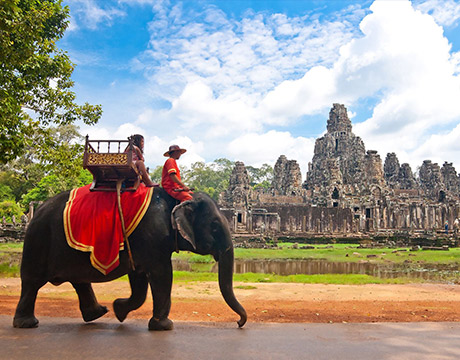
Siem Reap
Cambodia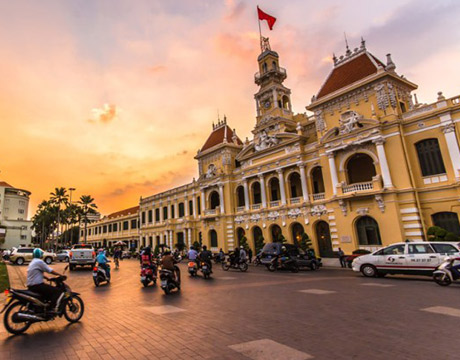
Ho Chi Minh City
Vietnam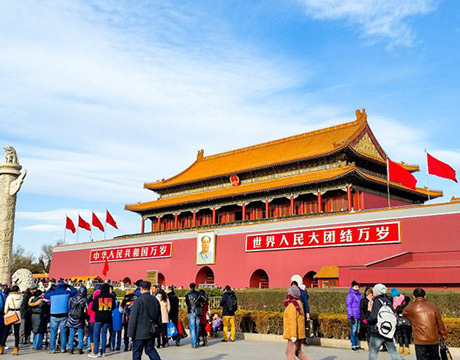
Beijing
China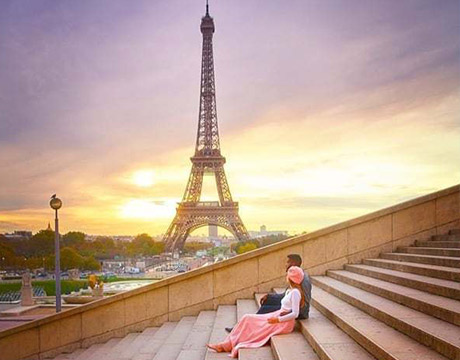
Paris
France
London
United Kingdom
New York
USA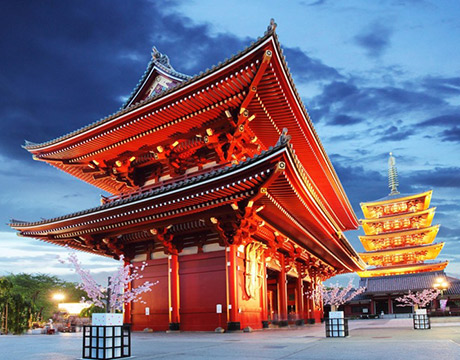
Tokyo
Japan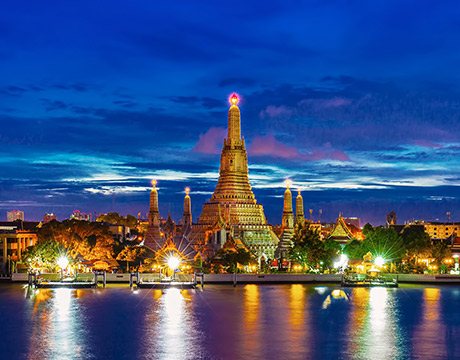
Bangkok
Thailand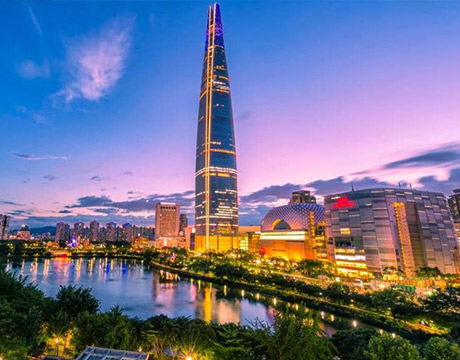
Seoul
South Korea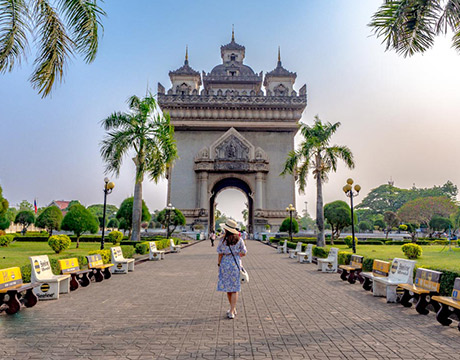
Vientiane
Laos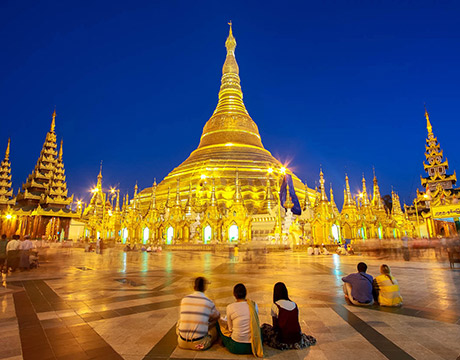
Yangon
Myanmar
Washington DC
USA
Los Angeles
USA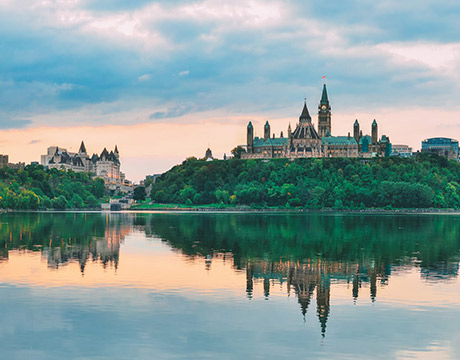
Ottawa
Canada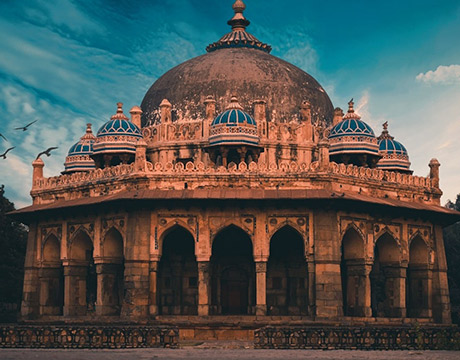
New Delhi
India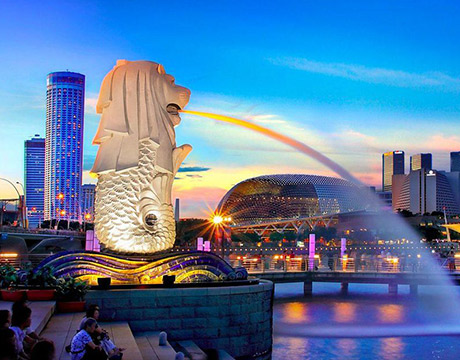
Singapore
Singapore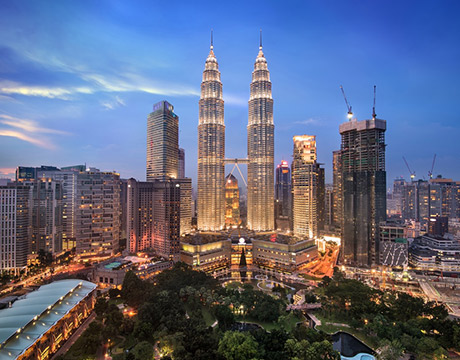
Kuala Lumpur
Malaysia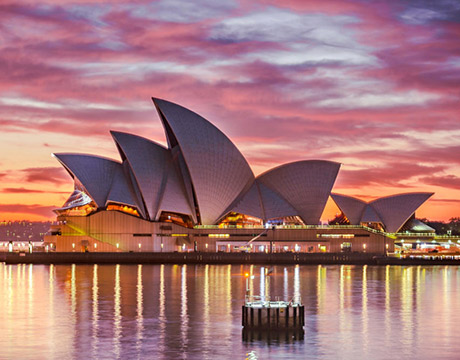
 English
English French
French Khmer
Khmer Thai
Thai Vietnamese
Vietnamese Chinese
Chinese Korean
Korean German
German Japanese
Japanese Italian
Italian Russian
Russian Spanish
Spanish Dutch
Dutch Indonesian
Indonesian Malay
Malay
